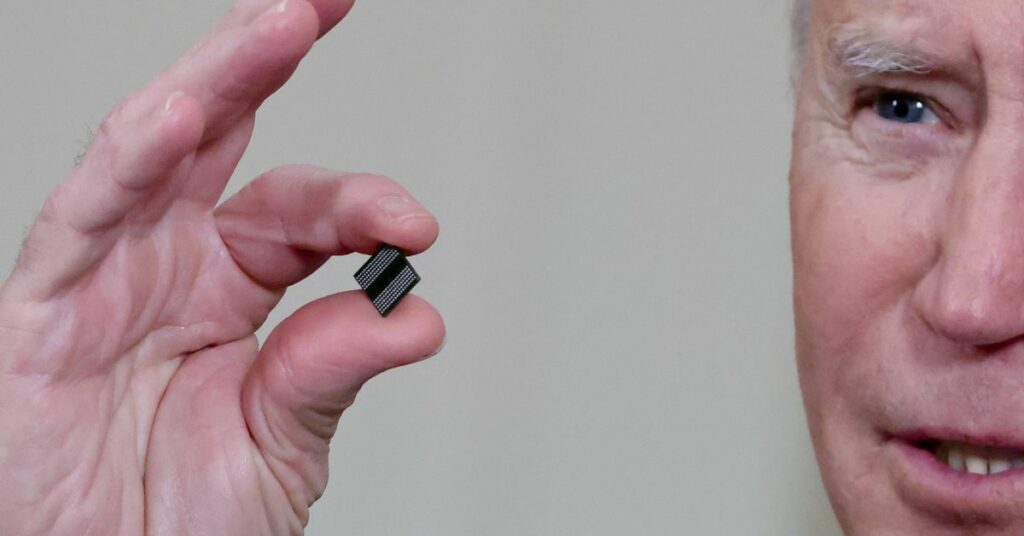On Friday, the administration of Vice President Joe Biden implemented extensive new restrictions intended to limit China’s access to technology essential to the production and operation of its military capabilities.
The measure taken by the Commerce Department implements additional export limits to limit China’s access to advanced computing chips and the country’s capacity to create and maintain supercomputers and manufacture semiconductors. The shift affects essential technological components across various economic sectors but hits the production of sophisticated weaponry the most.
The D. Rozman Kendler, the assistant secretary of commerce for export administration, said in a statement that “our actions will preserve US national security and foreign policy objectives while also conveying a strong message that US technical leadership is about values as well as creativity.”
The move taken by the United States is the most recent shot fired in a geopolitical conflict that has been slowly heating up and becoming more fraught throughout President Joe Biden’s tenure in office. However, the scope of the restrictions highlights an aggressive new stage in the United States’ efforts to undercut or obstruct essential components of China’s rapidly growing military capability.
More Tech News:
Don’t Buy An Intel Arc Graphics Card Until You Know These 5 Important Facts
One More Mercury Retrograde In 2022: What Does It Mean In Astrology?
Throughout his term as vice president, Biden has made it a point to frequently highlight China’s growing economic and national security prowess as a driving force for the comprehensive policy approach taken by his administration. The bilateral relationship has been on a steady road of degradation over the last year, even though Vice President Biden is familiar with Chinese President Xi Jinping from their time spent working together when Biden was in office.
US officials have been highly involved in identifying and deploying instruments to defend US technology and economic know-how while blunting China’s advancements. This comes when channels for cooperation – and sometimes even discussion – have been frozen.
Under the new guidelines, businesses will need licences to export some technologies to Chinese organisations that have been designated as acting against the national security interests of the United States. The all-out effort centres its attention squarely on semiconductors, which have been at the epicentre of a global race to grow manufacturing capacity and market dominance due to the requirement of these components across various economic and national security domains.
According to United States officials, the targeted technologies are essential to China’s military infrastructure. These technologies touch on a wide range of topics, including autonomous systems, the ability to improve the speed and access of planning and logistics, and the production of weapons of mass destruction.
The activities represent what is considered the “north star” in its approach, according to Alan Estevez, who is the undersecretary of commerce for industry and security. Estevez made it clear in his statement that this strategy “is to ensure that we are appropriately doing everything in our power to protect our national security and prevent sensitive technologies with military applications from being acquired by the military, intelligence, and security services of the People’s Republic of China.”
Give us your feedback in the space provided if you found this article helpful. Don’t forget to check back here, Journalistpr.com, for updates on all things technological and culturally relevant.

